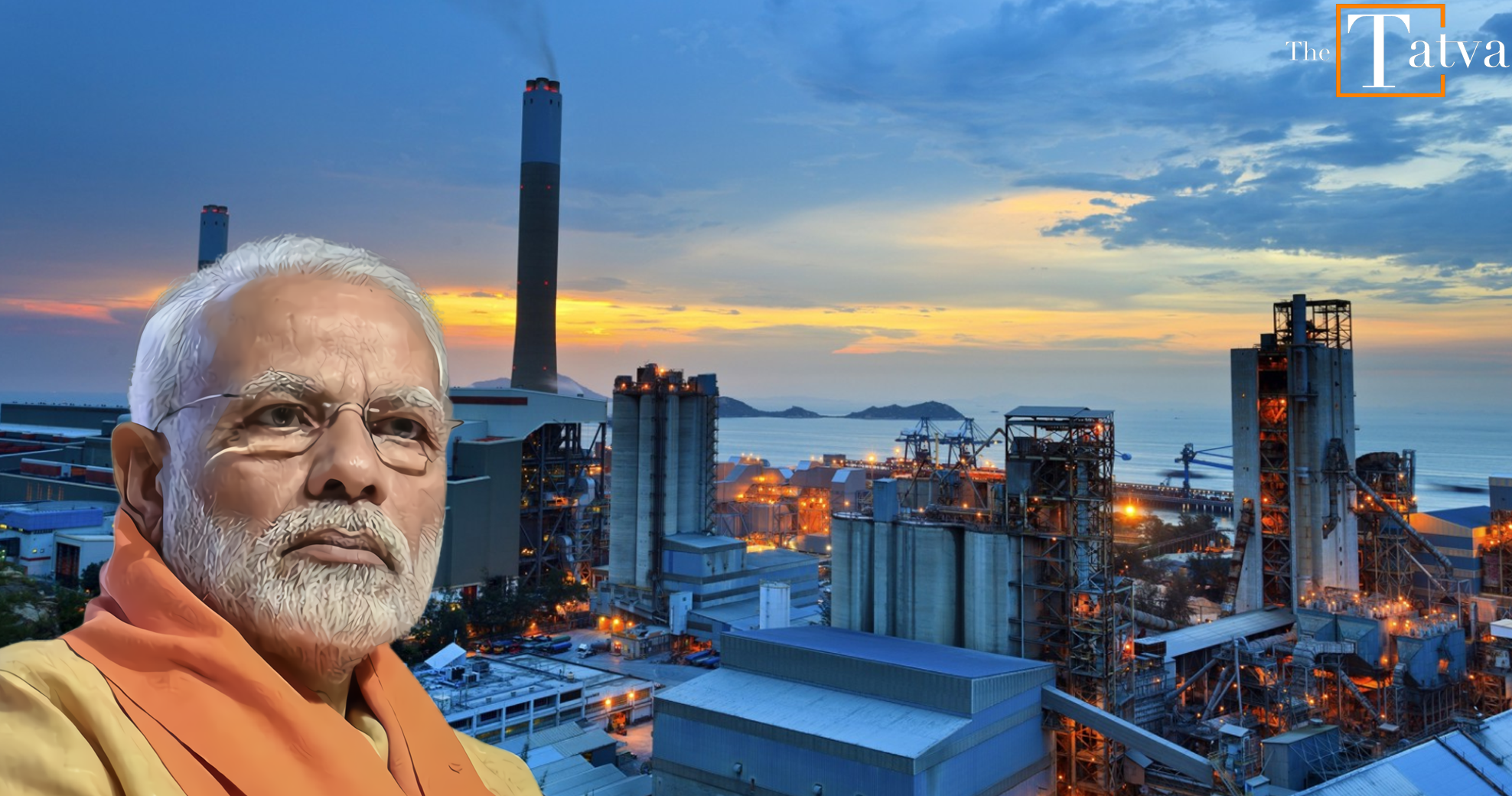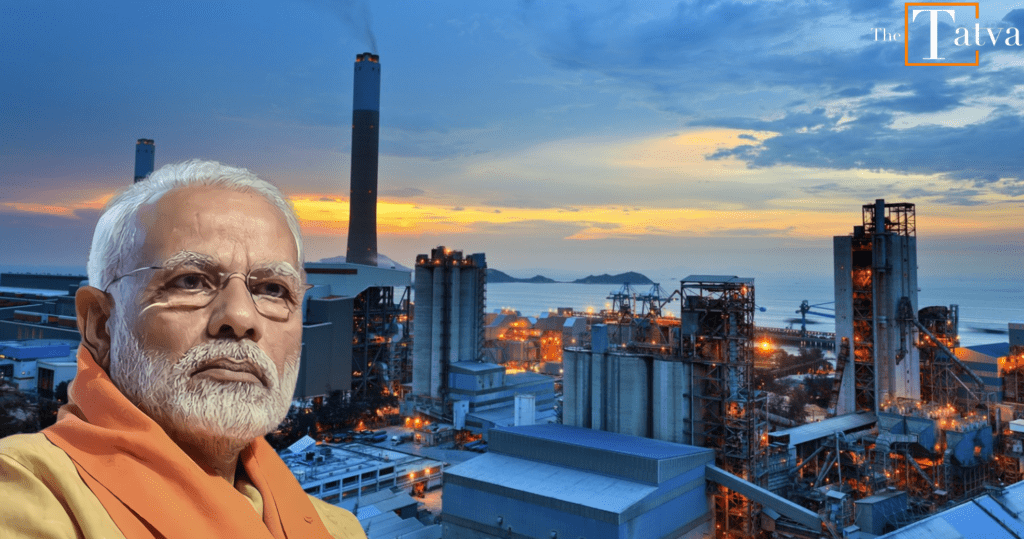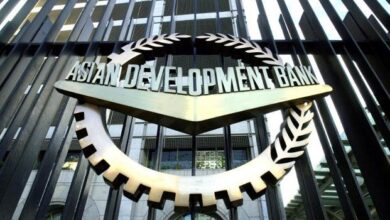Blue Economy Rise: Modi is helping Hong Kong in it’s freedom from China and at the same time attracting its businesses to India


The harsh National Security Law imposed by the Communist Chinese govt in Hong Kong as well as the global anti-China sentiment has jeopardized the future of the Global financial hub.
India’s Great Nicobar Island positioned at the entrance of Malacca strait may be the answer to the search for a new financial hub for the businesses leaving Hong Kong.
Hong Kong has an active business community of ethnic Indians who would be feeling insecure now and will be willing to relocate to India and specifically to the Great Nicobar Island, once a hospitable environment and a free port is announced.
Strategic importance:
The Great Nicobar Island is the last island of the Andaman & Nicobar archipelago. It is located barely 90 km from the Indonesia’s Sumatra island and is near the western entrance of the Malacca Strait. It is also the entry point to Indian Ocean and Bay of Bengal.
There are five freshwater rivers on this island, which makes it rich in potable water resources. It has an ideal size of 1,044 sq km in which is bigger than that of Singapore (720 sq km) but slightly smaller than that of Hong Kong (1,106 sq km)
Land use as of now:
In 1969, as a strategic move, 330 ex-servicemen’s families were settled in seven villages of the island. They will serve as a great asset as they will provide land and manpower for development.
About 2/3 of the island is either declared a biosphere reserve or a national park. In effect, around 307 sq km is presently available for development. Land use change and other development measures like reclamation can be undertaken to overcome the issue of buildable land.There is also a port at Campbell Bay with a naval airbase called “BAAZ.” There are a few hundred tribals with whom friendly contact has been established.
Transshipment Port:
The proposed Container Transshipment Terminal (CTT) at Great Nicobar Island will attract around 80,000 ships —that pass by it, while coming out of the Malacca Strait from South China Sea and vice versa. This project costs around Rs 10,000 crore and its first phase will be completed by 2025. This port will have deep water berthing facility and may also compete with the ports of Sri Lanka.
Submarine Fiber optical system:
PM Modi, on 10th August, inaugrated a 2,316 km long submarine fiber optical project from Chennai to Great Nicobar Island of 100 gigabit per second (gbps) for both voice and data. With this, all the major islands will have robust and affordable telecom facilities which will boost tourism and economy.
Apart from these measures, in order to compete as a free port, Great Nicobar will require an entirely new set of laws including a tax regime outside of the normal Indian system. A new administrative system outside will also be required.
Deterrence to China:
Almost 120,000 ships pass through the Malacca strait each year. Majority of China’s imports/exports, around 80% of its oil comes through here. Militarizing the Great Nicobar island under the pretext of defending the Blue Economy will be a direct threat to China, as choking of the Malacca strait means a strangling its trade lines.
Japanese connection:
This is the only part of the country which was under the Japanese during the Second World War for three and a half years. Not only do the Japanese know all these islands very well as they had fortified these islands, but they have also shown great interest in them. Japanese PM Shinzo Abe had mentioned these islands in his speech to the joint session of Indian Parliament. We could consider inviting the Japanese to develop this island.
The ‘Optical Fiber Network’ and development on ‘Transshipment port’ at Great Nicobar Island will make it a valued asset for an Atmanirbhar Bharat as well as for tackling Chinese aggression, due to its strategic location and proximity to the Malacca strait.



